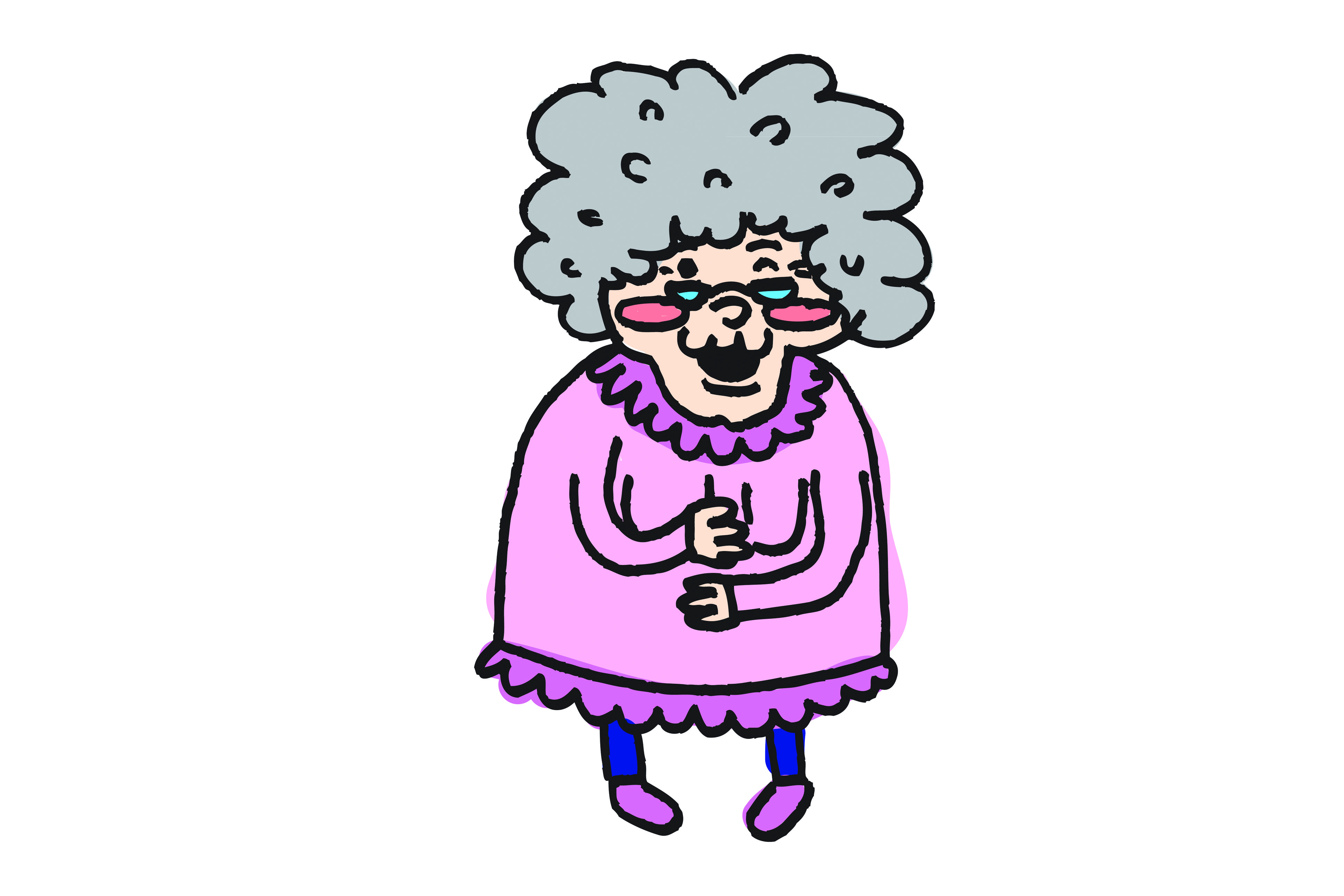So many victims
Another high school shooting and another media frenzy of cliched analyses and knee-jerk condemnation. Headlines scream the story of an “evil” boy shooting indiscriminately and killing randomly. The media feeds off another crisis, passing stories so quickly as not to be burnt by those that turn out to be inaccurate, simplistic, overwrought with bias and tainted with the inevitable departures from fairness in an effort to capture the winning coverage of the screaming child running from the “burning” school.
The major West Coast newspapers and the wire services have passed the same story, as if sitting close around a campfire. The tragedy of Santana High School has already been “packaged,” so the media only need to turn to their files and pull the same story format and similar placement of quotes and pictures. Follow this with the talking heads who put on their “sad-look” broadcasting faces in a vain effort to convey the complexity and pain of such an uniquely American horror.
The papers were quick to headline a quote from a student fleeing from the scene, who spoke of the “smiling gunman.” This has turned out to be somewhat problematic as different accounts have also been offered, in addition to the fact that most of the shooting took place in one closed bathroom area. However, the Hollywood-esque drama of a crazed, smiling gunman proved too much to bear for the papers and they ran this as an absolute.
America received its first word from the mouth of a fleeing teenager, traumatized from the incident? Imagine that.
Something briefly mentioned in one press report was the fact that several students stayed on the scene, taking pictures of the victims – one lying face down – trying to capture what they could on film. This is a chilling story, in and of itself – of students from “yearbook” snapping photos in hallways covered with blood – and as a singular statement reveals more answers about America’s children than any media conglomerate dares to face.
On Tuesday the police spoke of the lack of “remorse of the killer.” The media ran the story without questioning the integrity or the motivation behind a police force condemning a child (admittedly, troubled) in the national spotlight before the process of justice is played out. If there ever was an easy target for condemnation, allowing Americans to turn their face aside in na퀌�ve judgment, it is a troubled 15-year-old boy castigated as “evil,” without remorse and as a smiling killer.
This, of course, is courtesy of the popular perception machine of the national wire services. What was not said until Wednesday mid-morning was that the young man was a popular, loved child when living in Maryland. He was seen as a sensitive and a funny boy, who was teased, but teased in Maryland for being the only person brave enough to attend an “unpopular” girl’s party. What a striking contrast to the psychotic killer image that is now predominant in the story of Santana High School.
Finally, if Americans truly wanted to understand the heart of this growing misery they would look a little closer into the lives of their own children. The sunny skies of California rain blood in almost every television show , video game and movie conceived on its shores. The media’s narrow gaze offers not much more than a heightened aftershock, doing little to create a fully realized story of fairness and refinement. And so we all sleep a little easier if we can create the 15-year-old boy as the “other,” who, troubled from the start, just happened to snap.
This conveniently allows us to ignore our own society of hate and instant servings of condemnation aided by the huge extended hand of the media. It also allows us to ignore the proflagation of millions of images that equate violence with American masculinity. Not every boy will be affected equally by these cultural tokens, but a sensitive one, “skinnier” than others and struggling to find a place in the shallow blue skies of an image factory named California, just might take it all as seriously as the pain he feels inside.



